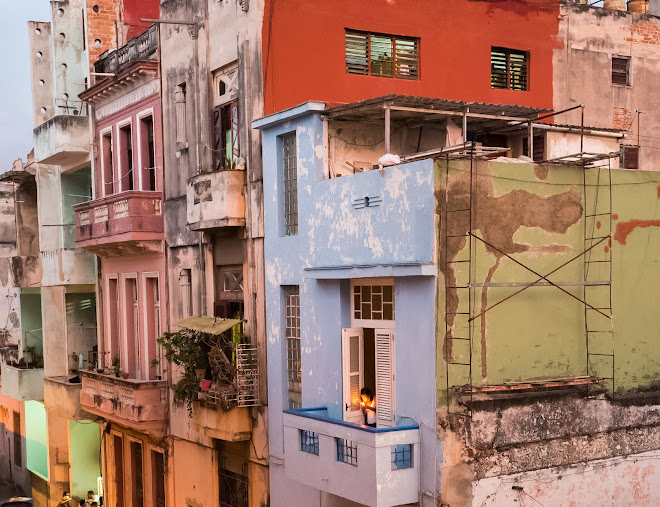Since I work with many charities and needless to say, during these unprecedented times, the charities you and I support are in need of funding. There are two simple and helpful ways we can assist in filling some of the gap.
AmazonSmile
If you shop on Amazon, you can designate a portion of the sale to go to your selected charity. The program in called AmazonSmile. This does not increase the prices of the items you buy. Amazon donates 0.5% of the eligible purchase to the charity. All you have to do is go to smile.amazon.com each time you shop. Make sure you select the charity from the list. This selection is saved to your account. So every time you make a purchase, the Amazon Foundation makes a donation. The money is sent quarterly to the organization.
Since the program started seven years ago, over $169,000,000 has been donated to over 1000 charities. Learn more at https://smile.amazon.com/gp/chpf/about/
 |
| The current update of impact of my purchases. You may say it's small, but think if everyone participated! |
Coin Up
Your chosen charity needs to register with Coin Up. Then using the App on your phone, you sign up. You choose the charity. You chose your credit card or debit card. You set the limit of donation per month. When you make a purchase on your credit card, the purchase amount is rounded up to the nearest dollar or you can do a set amount each month. At the end of the month, this “spare change” is credited to your chosen charity.
Learn more at https://www.coinupapp.com/how-it-works
 |
| The Coin Up phone App. |
If everyone did a small part, that would make it impactful.
These two methods are easy, and these simple acts of kindness can help the most in need.
Full disclosure, my cousin works for Coin Up. No renumeration from either mentioned in this article.
Instagram @larrylevin















































